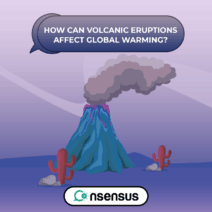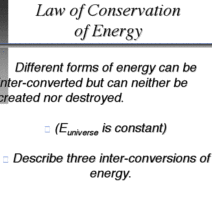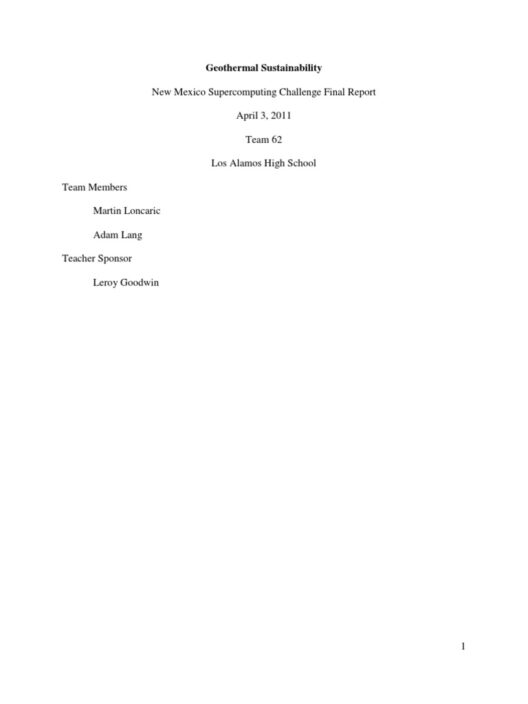Volcanic eruptions are indeed awe-inspiring natural phenomena, yet their impacts on our climate are often overlooked in the broader discourse about global warming. While it is widely accepted that human activities are the primary driver of climate change, can we truly disregard nature’s role in this intricate web of environmental interactivity? How might a seemingly destructive event, like a volcanic eruption, contribute to the warming of our planet? What unexpected challenges do these eruptions pose in our understanding of climate dynamics?
The connection between volcanic activity and climate change is complex. When a volcano erupts, it expels vast quantities of ash and gases into the atmosphere, including carbon dioxide (CO2), sulfur dioxide (SO2), and various other aerosols. This release can have both cooling and warming effects on global temperatures, depending on the composition and intensity of the eruption. Initially, one might think that volcanic eruptions emit a significant amount of CO2, a known greenhouse gas. However, the reality is more nuanced.
During a substantial eruption, the large amounts of sulfur dioxide can form sulfate aerosols in the stratosphere. These tiny particles reflect sunlight away from the Earth, resulting in a cooling effect. For instance, the eruption of Mount Pinatubo in 1991 led to a temporary drop in global temperatures by approximately 0.5 degrees Celsius for a couple of years. In this transient phase, one might perceive eruptions as nature’s way of combating the excessive warming caused by human activities.
Yet, what happens after that initial cooling effect? As the atmosphere gradually clears of these aerosols, the greenhouse gases released during the eruption, particularly CO2, take center stage. Over time, the carbon dioxide emitted from volcanic activity can contribute to the greenhouse effect, which is a primary driver of long-term global warming. While volcanic emissions are minuscule compared to human-induced CO2 output, they add a layer of complexity to our atmospheric chemistry.
Furthermore, volcanic eruptions can also have indirect effects on global warming through land use and ecosystem disruptions. After a significant eruption, landscapes undergo drastic transformations. These transformations can lead to habitat loss, changes in land cover, and the release of stored carbon in vegetation and soils. When forests are destroyed due to the explosive force of eruptions, the carbon that was previously sequestered becomes available to the atmosphere, potentially accelerating warming even further.
Another interesting aspect to consider is the potential for volcanic eruptions to influence weather patterns. The ash and gases released can travel vast distances, affecting air quality and precipitation. Changes in precipitation patterns can lead to shifts in agriculture, impacting food security. These agricultural shifts might contribute to deforestation or increased reliance on fossil fuels, thereby perpetuating the cycle of emissions and warming.
These phenomena compel us to ponder: how robust is our predictive model regarding climate change when we factor in nature’s own contributions? Are we fully aware of the resilience and adaptability of our ecosystems in the face of such cataclysmic events? And what roles do these roles play in developing the strategies needed to combat climate change effectively?
Volcanic eruptions also present a peculiar challenge as we attempt to reconcile the science of volcanoes with our understanding of climate change. As scientists study these eruptions, they emphasize the difficulty in measuring the long-term impacts versus the short-term ones. This complexity leads to uncertainties in climate models, making it evident that a singular data set cannot provide the full picture. It raises questions about how well we can predict climatic shifts in tandem with natural disasters.
Moreover, volcanic eruptions might be happening more frequently in certain regions due to tectonic activity and climate-triggered phenomena. As the Earth warms, the melting glaciers can induce tectonic shifts, potentially leading to more volcanic activity. This interplay between warming and volcanic activity is indeed a paradox that scientists continue to explore. Can we imagine a scenario where the acceleration of volcanic eruptions becomes a new factor in our already volatile climate systems?
On a global scale, awareness of these volcanic dynamics is essential for comprehensive climate strategies. Efforts to mitigate climate change must not only focus on reducing anthropogenic emissions, but also consider the natural contributions of volcanic eruptions. This understanding augments our approach in diverse areas, from disaster preparedness to policy-making in relation to environmental protection.
In conclusion, volcanic eruptions serve as an intriguing case study in the ongoing conversation about climate change. They remind us of the unpredictable nature of our planet’s systems and the multifaceted relationships that exist between various natural processes. As we advance in our quest to understand and combat climate change, we must embrace the complexities posed by these extraordinary events. The question of how volcanic eruptions can affect global warming is not just academic; it challenges us to rethink our strategies and predictions about the future of our planet. So, can we manage to look at volcanic eruptions not just as a natural disaster, but as a surprising catalyst that may redefine our understanding of climate interactions? The challenge lies ahead.






